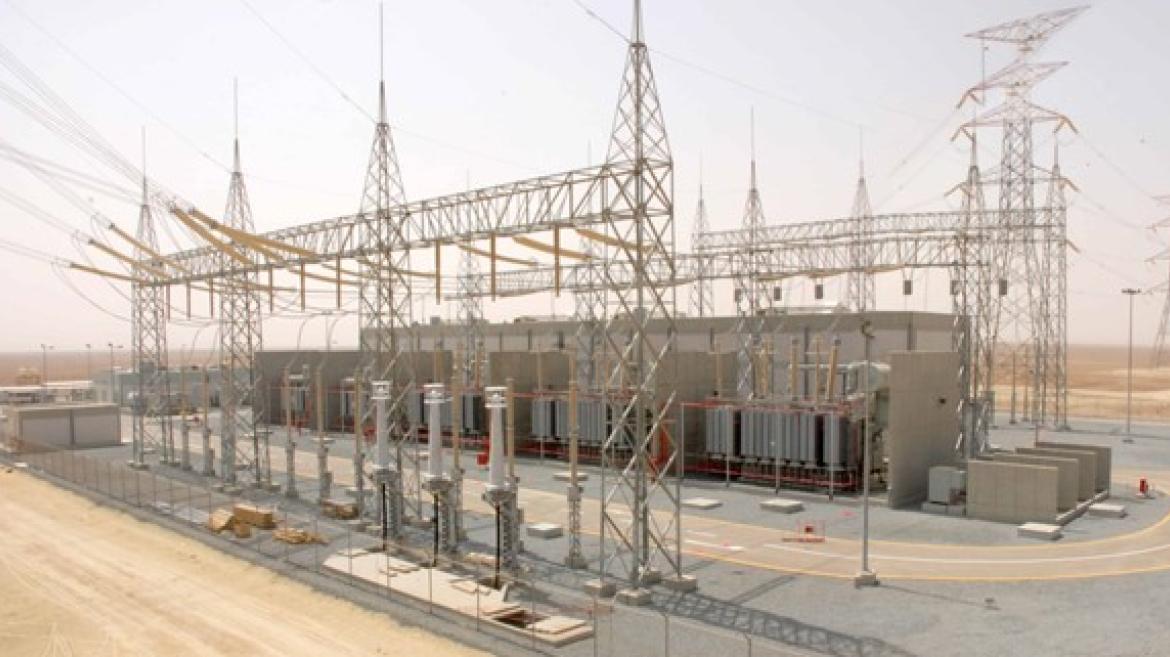Mastering Procurement | Navigating Supply-Chain Issues when Purchasing High-Voltage Transformers

The procurement process is an important part of any infrastructure project, and HV electrical substation projects are no exception. From identifying procurement needs to selecting vendors, each step is crucial not only for acquiring high-quality equipment, but also for ensuring timely delivery and securing appropriate after-sales services, among other details. This article explores key initial steps in the procurement of HV electrical transformers.
Even before the increased supply-chain challenges that the utility industry has faced since the COVID-19 pandemic, the procurement of HV transformers for bulk electric substations presented a significant risk to projects. With limited domestic production capacity, the US relies on a global supply chain for HV transformers, and procurement risks including manufacturing delays and commodity price volatility are significantly heightened in the current environment. A well-structured procurement process will address these risks explicitly.
Technical Requirements
The first step in the procurement process is to identify the major technical requirements for the transformer—phases, kVA, voltages, insulation ratings, and change ratios. In addition, requirements for connection type, grounding, protective relaying, environmental factors (e.g., temperature variations, corrosive atmosphere), interoperability, maintenance, and data communications may limit the list of potential vendors. While some technical requirements may be immutable, vendors may have innovative ways of addressing others. Thus, every major procurement presents an opportunity to evaluate past technical requirements to determine if they should be mandatory.
International Market Research
Once technical needs are identified, thorough international market research is essential. While utilities have proprietary research and in-house expertise, the manufacturing market is dynamic and rapidly changing through mergers and acquisitions, government initiatives, and private investment. Thus, it is essential to conduct and regularly update a detailed analysis of potential vendors, their capabilities, and the quality of their products, services, and after-sales support. It is important to consider factors such as vendor reputation, experience, financial stability, previous deliveries to the country, compliance with delivery schedules, and track record on similar projects.
Creating and Issuing the Request for Proposal (RFP)
Once potential vendors are selected, it is time to create a detailed RFP. The RFP should include a comprehensive description of the project, physical and schematic drawings, technical specifications, performance requirements, delivery timelines, and delivery terms. It should also include details regarding performance guarantees, quality control and assurance processes, schedule, escalation, and insurance. A well-structured RFP helps vendors understand the scale and criticality of the project and gives them the information they need to provide accurate and responsive proposals. A good RFP process will include transparent proposal evaluation criteria and their weighting, provide and publish bidders’ questions and answers, and allow adequate time for bidders to respond.
Alpha 3 personnel have provided procurement support on major US and international power projects. Integrating past experience with recent market trends, we continue to gain insight into the procurement of equipment and services on major power projects. A subsequent article will explore the proposal evaluation and purchase recommendation phase of the procurement process.
Related Information
Electric Power Transformers: Supply Issues, Congressional Research Service, Nov. 16, 2022
No Easy Answers: Transformer Supply Crisis Deepens, T&D World, Feb. 23, 2023
